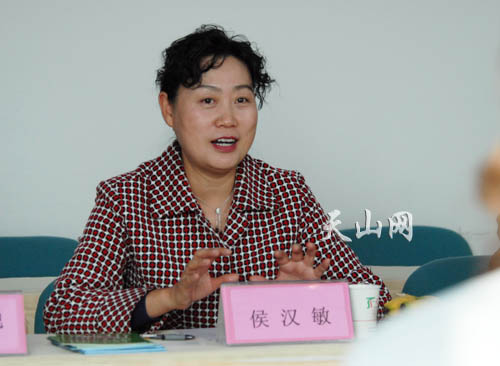
AFP April 24, 2013
BEIJING ”X Twenty-one people, including 15 ethnic Chinese police officers and social workers, were killed in violent clashes in China's ethnically divided western region of Xinjiang, officials said on Wednesday.
Gun fights broke out in Barchuk county in the west of the province after police went to search the home of locals allegedly "suspected of possessing illegal knives," a report on Tianshan Net, a government-run news website, said.
ӤSix "thugs" were shot dead in the violence. They were Uyghurs. Another eight Uyghurs were detained," Hou Hanmin, director of the Xinjiang government news office, told AFP.

"Initial investigations show this was a gang plotting to carry out terrorist acts and the case is now being further cracked open," she said.
A leading activist from the region's indigenous Turkic Muslim Uyghur ethnic group questioned the official account, saying local sources said that police sparked the incident by shooting a Uyghur youth during an illegal search of homes.
Xinjiang, a region about twice the size of Turkey, is home to around nine million ethnic Uyghurs, many of whom complain of religious and cultural repression by Chinese authorities. The region is regularly hit by unrest.
Officials and state media blame the unrest on "terrorists" but some experts say the government has produced little evidence of an organised terrorist threat, adding the violence stems more from long-standing local resentment.
China has repeatedly accused ethnic Uighurs of carrying out terrorist activities in the province, where 20 men were jailed in March on terrorism charges, which a Uighur rights group branded "repressive".
Xinjiang saw more than half of China's "endangering state security" trials last year, but is home to less than two percent of the country's population, suggesting "ethnic discrimination", the Dui Hua Foundation advocacy group said.
According to official figures, 46 percent of Xinjiang's population is Uighur, while another 39 percent are Han Chinese, after millions moved to the area in recent decades.